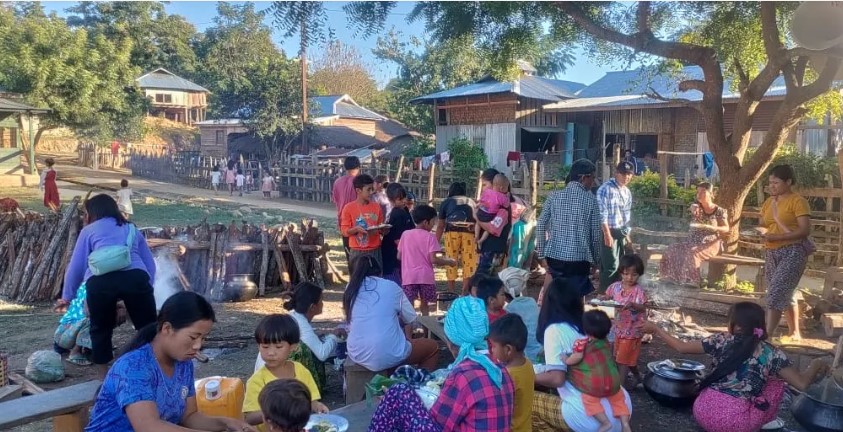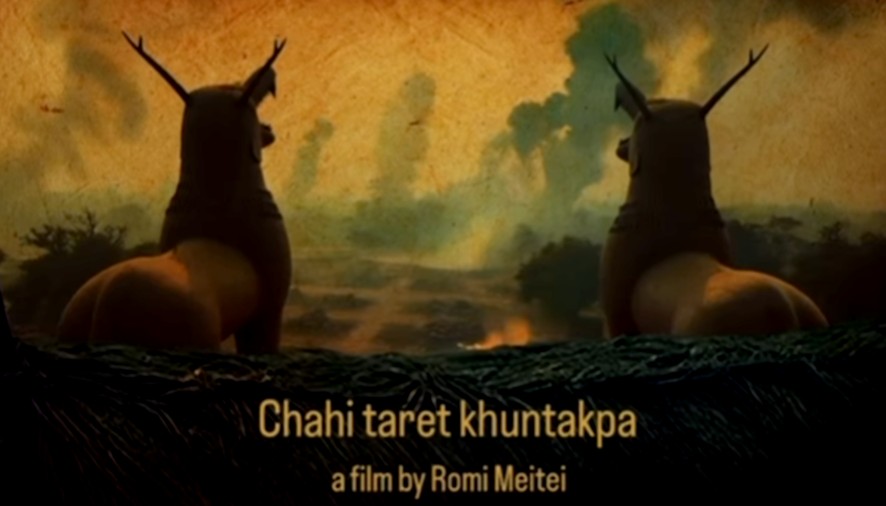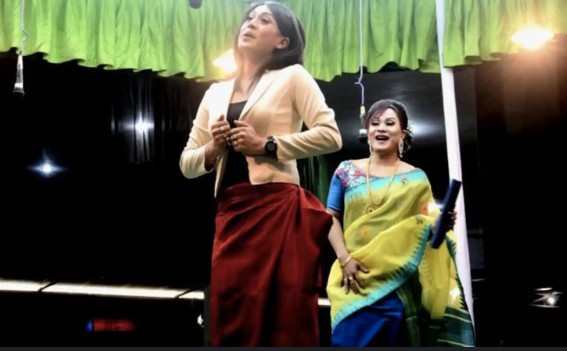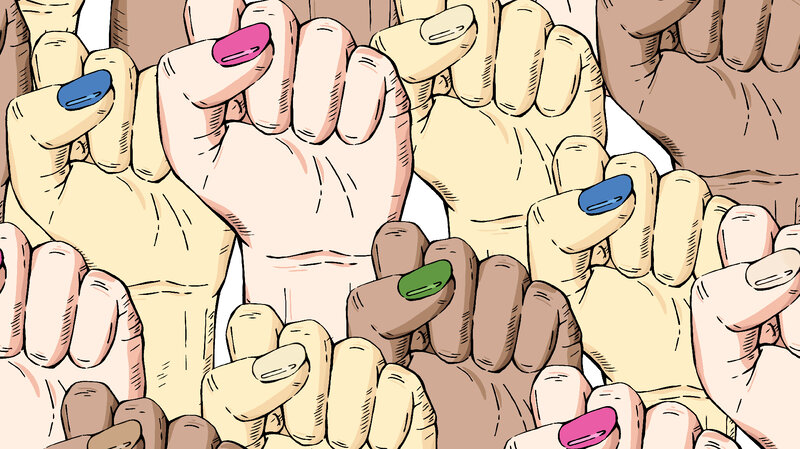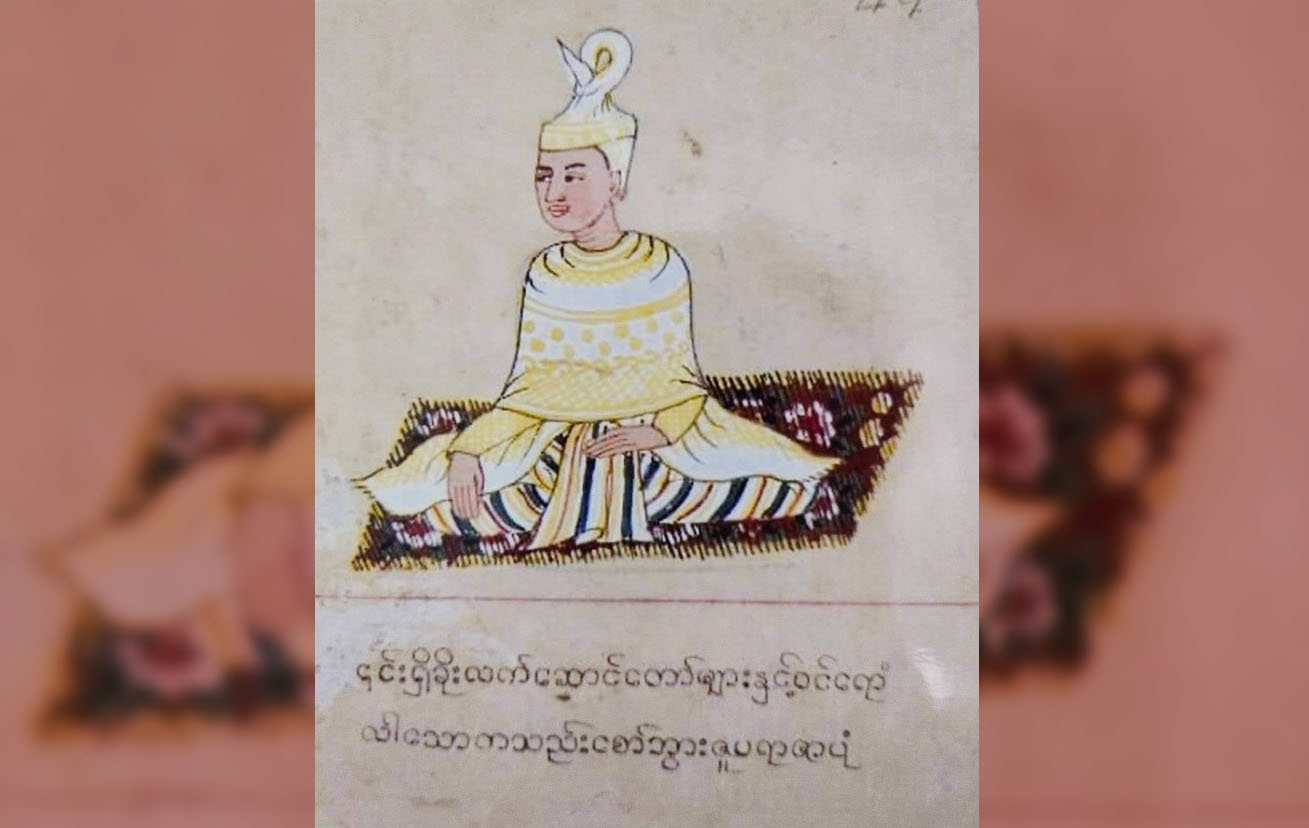On February 1, Myanmar completed four years of military rule. On this day in 2021 General Min Aung Hlaing staged a coup to oust the National League for Democracy, NLD, government, which had won the November 2020 election, on the charge the election was fraudulent.
The coup however failed to be a swift usurpation of power, as the Myanmar Armed Forces, or Tatmadaw, had expected. Instead, it has thrown the country into total anarchy amidst strong resistance from an overwhelming section of the people, driving the country into what some have called an existential crisis.
Myanmar however is not new such crisis having faced them time and again ever since its independence from British colonialism on January 4, 1948. At the time of independence, other than the Buddhist Bamar who constitute over 68 percent of the country’s 5.46 crore population, few other ethnic community identified with Myanmar (formerly Burma) and began fighting for their own independence. Shelby Tucker’s “Burma: The Curse of Independence” profiles this chaos convincingly as does Bertil Lintner’s “Burma in Revolt: Poppy and Insurgency Since 1948.”
Myanmar’s post-independence chaos could not have been better illustrated than by the fact that two divisions of Kuomintang soldiers entered and stationed themselves in Myanmar’s Shan State for a decade starting 1949 without Myanmar’s consent, preparing for counter offensives against Mao Zedong’s Communist regime, assisted by the CIA.
Tucker says it was the Kuomintang soldiers who started systematic poppy cultivation to fund themselves after the US withdrew support to befriend Communist China, taking advantage of a fissure that appeared between the latter and the USSR. When the Kuomintang soldiers finally left Myanmar for Formosa (now Taiwan), the drugs infrastructures they built were inherited by local warlords such as Khun Sa, and thus was born the notorious Golden Triangle.
The sense of helpless humiliation was such that when General Ne Win staged a military coup in 1962 to oust Myanmar’s first Prime Minster, U Nu’s elected government, the Myanmar people heaved a sigh of relief. It was only when it became clear that the military rule was there to stay that public disillusionment grew. In August 1988 this public anger boiled over leading to a revolt often referred to as “8888 Uprising”, similar to what is being witnessed today.
The division between hill communities and the Bamar in many ways is also a fallout of British colonial administration. As in Northeast India, the British were only interested in the revenue plains and left the hills on their own and unadministered, although claiming them as British territories, thus encouraging two distinct outlooks to nationhood.
The hills communities also became the nurseries for colonial army recruits and they were sometimes used to put down Bamar resistance movements. This division showed during World War II, when ethnic groups like Karen, Kachin, and Rohingya Muslims, sided with the British while the Bamar population welcomed the invading Japanese as their liberators, though they too later switched sides to ally with the British. All these left deep-seated mistrust between Bamars and other ethnic groups.
When British colonialism ended, they did not leave the hill states independent of Myanmar, leading to multiple ethnic insurgencies that has become modern Myanmar’s predicament. Most of the hill states hence today have well-armed and trained insurgent fighters, and in the wake of the present coup, Bamar population loyal to the ousted NLD government, which now calls itself National Unity Government, NUG, are seeking alliances with these ethnic insurgent fighters to become formidable adversaries of the Junta.
But the equation is not so straightforward for there are also ethnic militias referred to as “Pyusawhti”, fighting on the side of the Junta, thereby ‘resisting the resistance’. These alliances are often determined by inter-ethnic rivalries. For instance, in upper Sagaing Region bordering India, the Shanni (a Shan sub community), have a bitter territorial feud with their neighbours, the Kachins, and because the Kachins have now allied with NUG to fight the Junta, the Shannis find themselves fighting on the side of the Junta.
Furthermore, Indian insurgents taking shelter in Shanni territory also have ended up fighting on the side of their hosts and therefore the Junta. These alliances however are not ideological and are determined more by the principle of ‘enemy of my enemy is my friend’. As and when Myanmar’s civil war ends, it is uncertain where this complex web of friends and enemies will settle.
Myanmar’s first military rule lasted six and a half decades, lifting only in 2015 when an election was held to the country’s bicameral Union Assembly, the Pyidaungsu Hluttaw, as well as in its 14 sub-national assemblies, seven of the ethnic states and the remaining seven to regions of Myanmar’s heartland.
NLD swept the 2015 election and formed the government. But this return to democracy is only partial, for Myanmar’s military-drafted 2008 constitution limits the mandate of the people. Among others, it reserves 25 percent seats in the Union Assembly for the army, as well as key portfolios of home, border affairs and defence. The state and regional assemblies are also made surrogates of the party in power at the Centre, for the latter is given the power to impose its chief ministers in the states if the concerned states voted for a party other than the one in power at the Centre.
At one level, what is evident in this is the Tatmadaw’s desire to remain in power even in a democratic set up. The second apparent anxiety pertains to a suspicion that the ethnic states can drifting away – a psyche shared by the Bamar public at large.
For instance, even though NLD swept the 2015 election, Shan State and Rakhine State, returned regional parties to their state assemblies. NLD under Suu Kyi went ahead to invoke the 2008 constitution to impose the party’s own chief ministers in these two states. Suu Kyi also infamously supported the Tatmadaw’s alleged genocidal campaign against the Rohingya community, in her testimony at the International Court of Justice in December 2019.
Can Myanmar ever overcome these mutual suspicions between its communities in the ethnic states and Bamars? Not long after the February 2021 coup, two scholars Terese Gagnon and Andrew Paul, wrote an article with a catchy title ‘Myanmar has never been a nation. Could it become one now?’ Their doubt today has become everybody’s doubt.
This article was first published in The New Indian Express. The original can be read HERE




